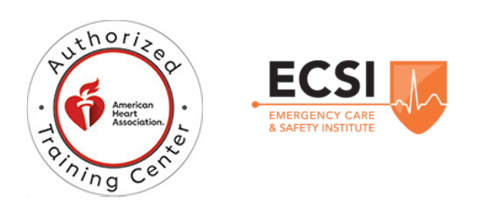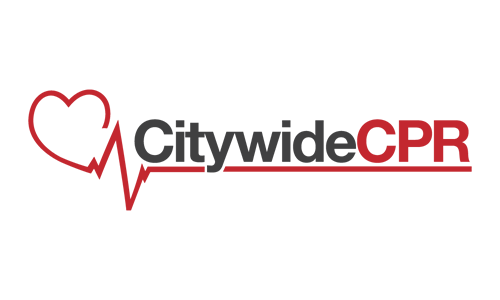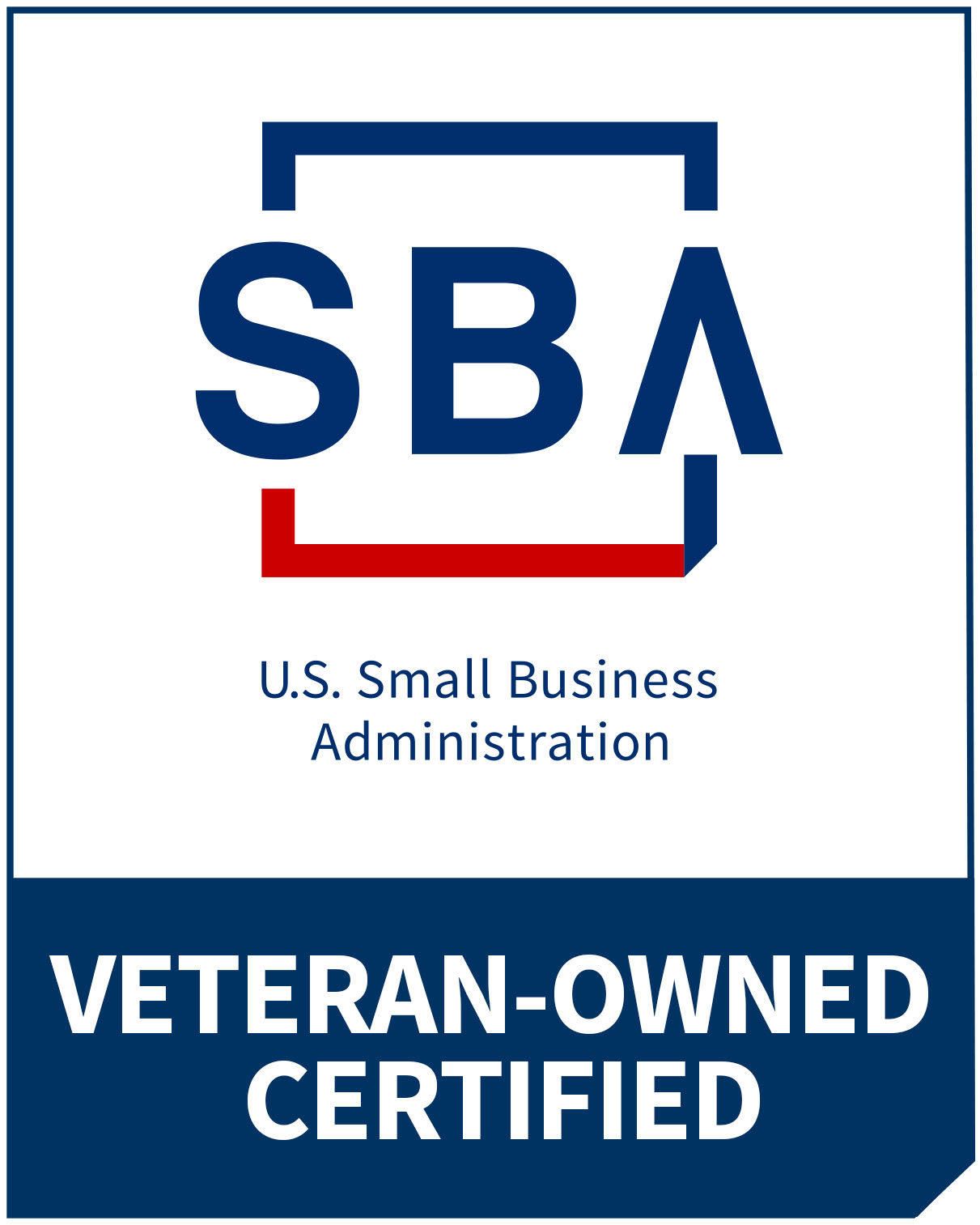In the streets or in any other place in the community, there will be times that emergency medical situations happen. One example would be the sudden cardiac arrest or SCA. This one happens when there is a sudden stop in the normal circulation of the blood which is due to the heart’s failure to contract effectively. SCA can occur after a heart attack or when a person suffered from electrocution or near-drowning.
When this situation happens, a person would collapse then his breathing would become abnormal and his body would become unresponsive. The survival rate of any individual who suffered from this condition is only limited for several minutes and any delay in the performance of emergency measures could cause death. According to a data of the American Heart Association, the survival rate of Americans from cardiac arrest outside the hospitals is from 3 to 15 percent. This low number calls for a more intensive CPR training among the people in the community.
Part of any CPR training provided is the proper ways on how to perform the different emergency measures like cardiopulmonary resuscitation or CPR and the proper use of automated external defibrillator or AED. In previous CPR classes given to those who want to get learned in these emergency procedures, students were taught about ABC or Airway – Breathing – Compressions. This means that two breaths must be given first to the victim before the alternate chest compressions is provided. Chest compressions are usually at 30 presses.
This old ABC training, however, was changed by the American Heart Association as per the new guidelines they have released. From ABC, it is now CAB. According to the new guidelines of AHA, which made some changes on the steps for CPR, it called for rescuers whether professional or just a bystander, to start with hard, fast chest presses before giving mouth-to-mouth. The changes made emphasized on putting the simplest step first.
One of the co-authors of this new guideline is Dr. Michael Sayre, an emergency doctor at Ohio State University Medical Center. Sayre told that the old method of CPR took time as well as delayed the chest presses, which is important in keeping the blood in circulating in the heart. According to him, chest compressions acts like an artificial heart wherein the blood brought to the heart carries oxygen, which makes the organs alive.
As per the changes in the guidelines, Sayre told that 30 chest compressions must be started immediately before the two breaths. The changes made, though, are applicable only to adults and children but not on newborns.
If you are looking for a company that would provide you with a CPR training involving the new guidelines, a good choice would be Citywide CPR Inc. It is a national training site of the American Heart Association as well as the Emergency Care and Safety Institute and American Safety and Health Institute. Citywide CPR is located in numerous cities across the United States, leaving no one worried about how they can get the services of the company.
If you are interested in CPR training, please take a look to check out website.





